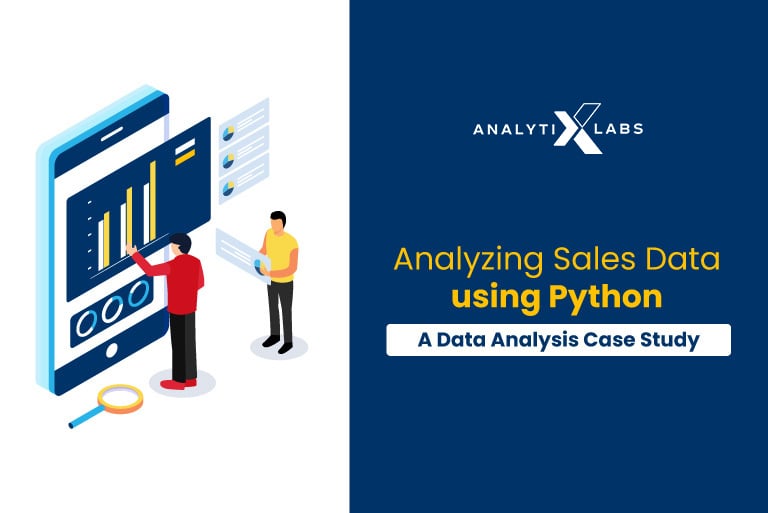
The Statistical Analysis Using Certified Course is a comprehensive, hands-on program designed to equip learners with the skills required to perform effective statistical data analysis for real-world applications. This course covers the foundational and advanced techniques of descriptive and inferential statistics, hypothesis testing, regression modeling, and data interpretation using modern analytical tools and software.
Through a combination of theoretical understanding and practical implementation, participants will learn how to collect, analyze, visualize, and draw conclusions from data—enabling them to support data-driven decision-making in business, research, healthcare, social sciences, and more. Whether you’re a student, researcher, or working professional, this course provides the essential tools to enhance your analytical capabilities.
Module 1: Introduction to Statistics Basics of statistics and its significance Types of data: Qualitative vs Quantitative Scales of measurement: Nominal, Ordinal, Interval, Ratio Population vs Sample Data collection techniques.
Module 2: Descriptive Statistics Measures of central tendency: Mean, Median, Mode Measures of dispersion: Range, Variance, Standard Deviation Skewness and Kurtosis Frequency distribution tables. Data visualization: Histograms, Bar charts, Pie charts, Box plots
Module 3: Probability and Probability Distributions Basic probability rules and concepts Conditional probability and Bayes’ Theorem Discrete and continuous distributions Binomial, Poisson, and Normal distributions Central Limit Theorem.
Module 4: Sampling and Sampling Distributions Sampling techniques: Random, Stratified, Cluster, Systematic Sampling errors vs non-sampling errors Sampling distributions and the Law of Large Numbers Standard error and confidence intervals.
Module 5: Hypothesis Testing Null and alternative hypothesis Type I and Type II errors Z-test, T-test (one-sample, two-sample), F-test P-values and significance levels Chi-square test for independence and goodness of fit.
Module 6: Correlation and Regression Analysis Scatter plots and correlation coefficients Pearson and Spearman correlation Simple linear regression Multiple linear regression Model assumptions and diagnostics.
Module 7: Analysis of Variance (ANOVA) One-way ANOVA Two-way ANOVA Post hoc analysis (Tukey’s HSD) Applications of ANOVA in real-world datasets
Module 8: Time Series Analysis Components of time series: Trend, Seasonality, Cyclical Moving averages and exponential smoothing Autocorrelation and partial autocorrelation ARIMA models basics Forecasting techniques.
Module 9: Statistical Tools and Software Introduction to Excel for stats SPSS for descriptive and inferential analysis R programming basics for stats Python libraries (Pandas, Numbly, Statsmodels, Seaborn) Case study: Tool-based statistical analysis.
Module 10: Capstone Project and Case Studies Real-world industry case study implementation Hands-on project using real data Report preparation and result interpretation Domain-specific applications: Healthcare, Business, Engineering, Social Sciences.
Mobile: 9100348679
Email: coursedivine@gmail.com

You cannot copy content of this page